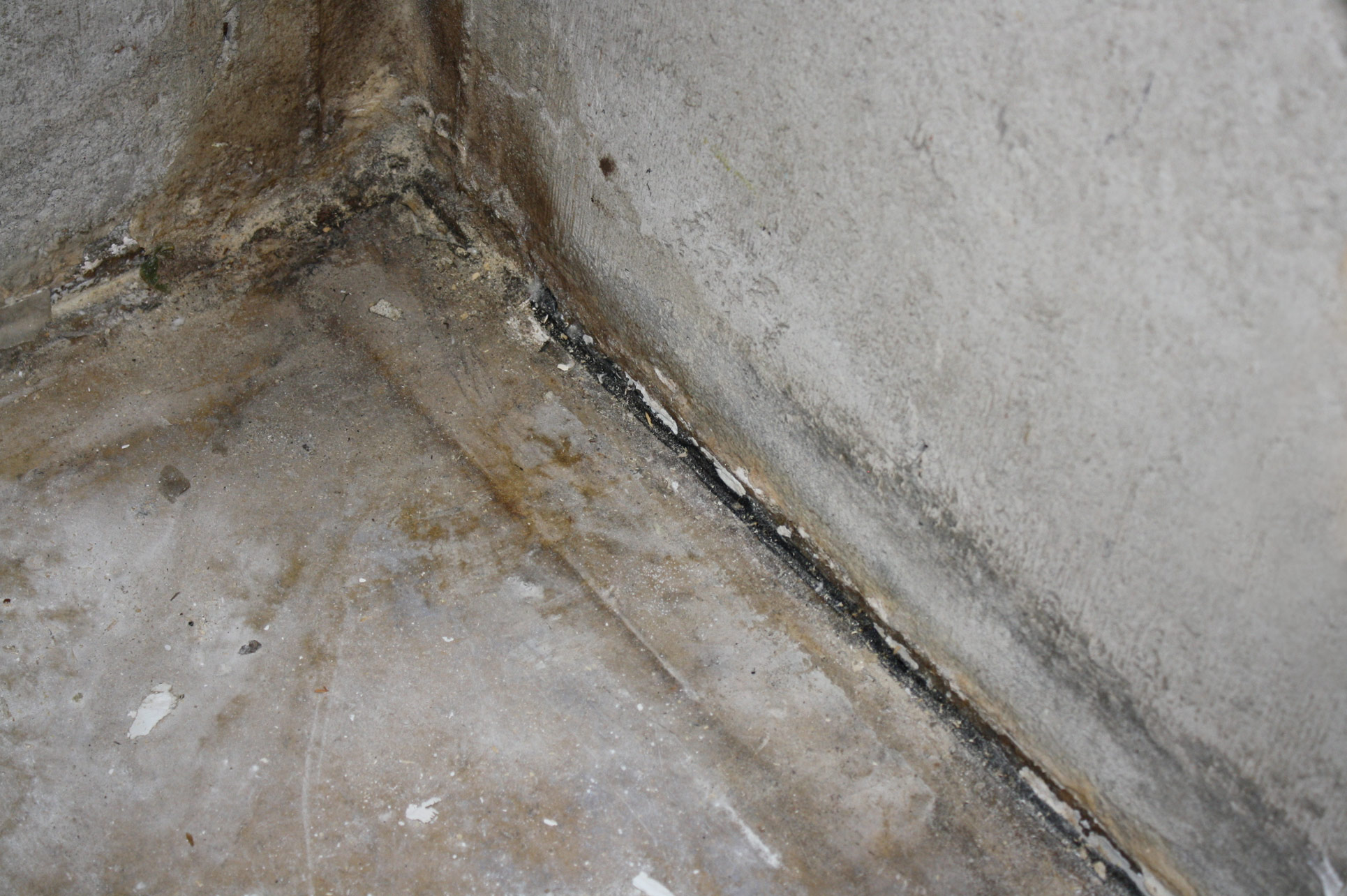Six Reasons Behind Common Water Leaks in Homes and How to Fix Them
Six Reasons Behind Common Water Leaks in Homes and How to Fix Them
Blog Article
Right here in the next paragraph you can find some wonderful ideas in regards to How to detect water leaks in your home.

Leaks not only trigger waste of water however can also cause unneeded damages to your home as well as promote undesirable organic growth. By recognizing as well as looking for everyday scenarios that trigger leakages, you can secure your home from future leakages as well as unnecessary damage.
Intruding origins
Most water leakages begin outside the house as opposed to inside it. If you observe a sudden reduction in water pressure, say in your tap, take time to head out and examine your yard. You may observe damp patches or sinkholes in your yard, which may indicate that tree roots are attacking water lines triggering water to permeate out. You can have your plumber look for intrusion, particularly if you have trees or hedges near your building.
Corroded water systems
This might be the cause of discoloration or bending on your water pipelines. If our plumbing system is old, consider replacing the pipes considering that they are at a greater threat of deterioration than the more recent models.
Defective Pipe Joints
The point at which your pipes link is often the weakest web link in the waterline. Pipeline joints can deteriorate in time, leading to water leaks. Regrettably, most of pipe joints are not quickly visible. If you have noisy pipes that make ticking or banging noises, particularly when the warm water is turned on, your pipeline joints are most likely under a lot of pressure. It is advisable to have your plumber check your system yearly.
Instantaneous temperature level adjustments.
Severe temperature changes in our pipes can create them to increase and also get suddenly. This growth and tightening might cause cracks in the pipelines, specifically if the temperature are below freezing. If you kept an eye on just how your plumbing functions, it would certainly be best. The presence of the formerly pointed out situations frequently shows a high danger.
Poor Water Connectors
At times, a leak can be created by loose pipes and pipelines that provide your home appliances. In instance of a water connections leakage, you may observe water running directly from the supply line or pools around your home appliances.
Obstructed Drains
Blocked drains could be bothersome and inconveniencing, but they can often wind up triggering an overflow causing burst pipelines. Keep eliminating any type of materials that may decrease your drains pipes that could clog them to stay clear of such hassles.
All the above are reasons for leaks yet not all water leaks arise from plumbing leaks; some leaks could originate from roof leaks. All leaks must be fixed instantly to prevent water damages.
Leaks not only trigger waste of water however can additionally create unnecessary damage to your house as well as advertise undesirable organic development. By looking and recognizing for day-to-day scenarios that cause leaks, you can shield your home from future leakages as well as unnecessary damages. Today, we will certainly look at 6 leakage causes that may be creating your pipelines to trickle.
At times, a leak can be created by loose tubes as well as pipes that provide your appliances. In instance of a water links leak, you may notice water running straight from the supply line or puddles around your home appliances.
How To Check For Water Leak In Your Home
How To Check for Leaks
The average household's leaks can account for nearly 10,000 gallons of water wasted every year and ten percent of homes have leaks that waste 90 gallons or more per day. Common types of leaks found in the home are worn toilet flappers, dripping faucets, and other leaking valves. These types of leaks are often easy to fix, requiring only a few tools and hardware that can pay for themselves in water savings. Fixing easily corrected household water leaks can save homeowners about 10 percent on their water bills.
To check for leaks in your home, you first need to determine whether you're wasting water and then identify the source of the leak. Here are some tips for finding leaks:
Take a look at your water usage during a colder month, such as January or February. If a family of four exceeds 12,000 gallons per month, there are serious leaks.
Check your water meter before and after a two-hour period when no water is being used. If the meter changes at all, you probably have a leak.
Identify toilet leaks by placing a drop of food coloring in the toilet tank. If any color shows up in the bowl after 10 minutes, you have a leak. (Be sure to flush immediately after the experiment to avoid staining the tank.)
Examine faucet gaskets and pipe fittings for any water on the outside of the pipe to check for surface leaks.
Undetected water leaks can happen without the home or business owner even realizing. If you suspect a water leak, but not able to find the source. It is time to contact a professional water leak detection service, The Leak Doctor.
How To Find a Water Leak In Your Home
https://www.leakdoctor.com/blog/How-To-Check-For-Water-Leak-In-Your-Home_AE197.html

I hope you enjoyed reading our piece about How to detect water leaks in your home. Thanks for finding the time to read through our blog post. Sharing is good. Helping people is fun. I treasure reading our article about How to Find Water Leaks.
Click Here Report this page